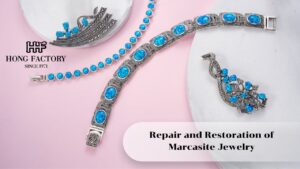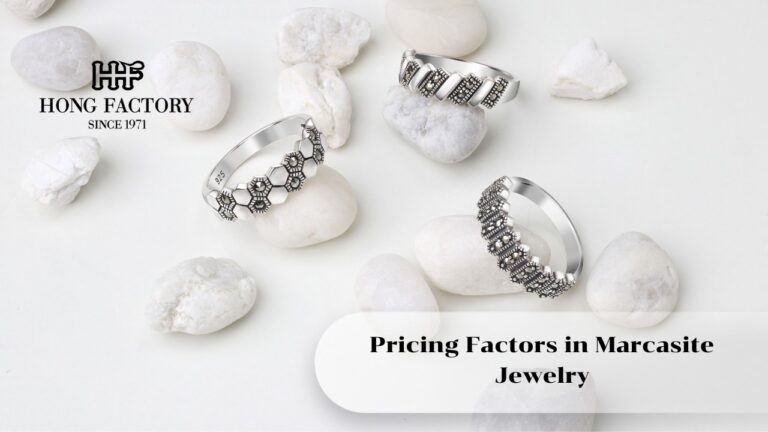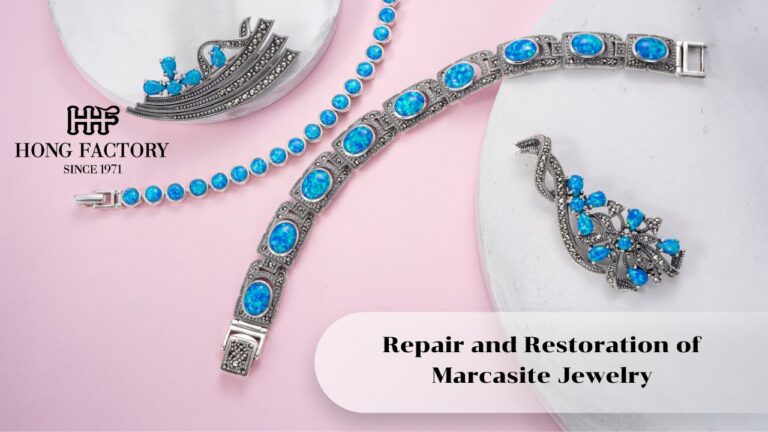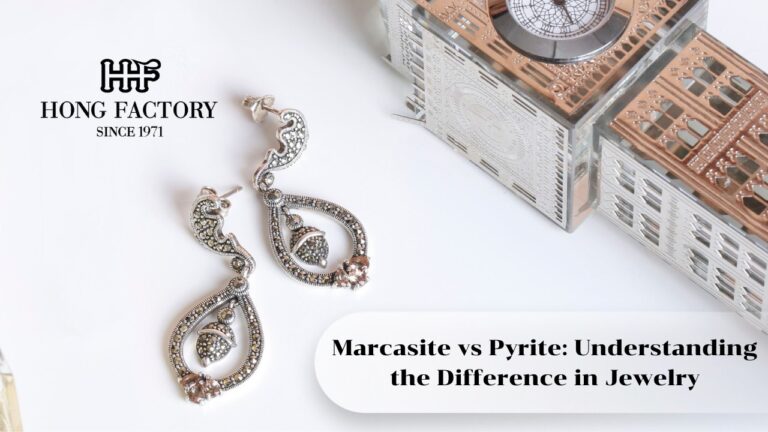
Made-to-order (MTO) jewelry has become a favorite for modern brands that value uniqueness, personalization, and reduced inventory risk. Order Jewelry
But while customization is appealing to customers, it comes with one major challenge for businesses: maintaining consistent quality at scale. When every piece is slightly different stone size, engraving, finish how do you ensure that every customer still receives the same standard of excellence?
Here’s the secret to achieving reliable, high-quality output across your made-to-order jewelry production, even as demand and design diversity increase. Order Jewelry
The Secret to Consistent Quality in Made-to-Order Jewelry

1. Start with Standardized Design Foundations
Customization works best when it’s built on a stable base. Instead of creating entirely new designs for every order, use modular or templated frameworks.
Best Practices:
- Use fixed ring bands or pendant frames with swappable stones
- Create engraving-ready spaces in your CAD files
- Standardize dimensions, prong placements, and jump ring sizes
Why it matters: Having uniform elements ensures smoother production flow, fewer resizing errors, and better structural integrity even when details vary.
2. Collaborate Closely Between Design and Production Teams
One of the biggest sources of quality inconsistency is poor handoff between design and manufacturing. In made-to-order, close collaboration is key.
Best Practices:
- Align on production feasibility early in the design stage
- Use clear handoff files (STL/CAD with tech sheets)
- Conduct joint prototype reviews before launching a new custom option
Why it matters: Avoids “design intent lost in translation” issues, which can lead to setting flaws, unbalanced pieces, or structural weaknesses.
3. Invest in a Master Sample Library
For every design variation you offer, create a master physical sample (or high-res 3D render) that sets the benchmark. Order Jewelry
Include:
- Metal finish
- Stone size and clarity
- Engraving depth and font
- Assembly and soldering quality
Why it matters: Your QC team and artisans can compare every new batch to this baseline, reducing subjectivity. Order Jewelry
4. Train Your Artisans to Think in Systems
In made-to-order, no two pieces are 100% alike—but training your team to approach each piece within a defined system maintains uniformity.
Best Practices:
- Break production into stages: casting, setting, polishing, QC
- Use shared toolkits and visual guidelines
- Regularly calibrate tools and machines for consistency
Why it matters: Skilled artisans work better when they understand both the “why” and the “how” behind each variation. Systems make craftsmanship repeatable.

5. Use Checklists for Every Order
Details matter more in MTO. A single digit wrong in a ring size, or a flipped initial, can turn a personalized product into a return.
Must-Have Checks:
- Design spec confirmation
- Size and material match
- Gemstone verification
- Finish (polished, oxidized, brushed)
- Packaging and labeling
Why it matters: Human memory is fallible structured verification isn’t. Checklists reduce rework, errors, and complaints.
6. Automate What Shouldn’t Be Manual
As orders grow, automate repetitive parts of the workflow:
- Auto-generate production slips from order forms
- Integrate order software with CAD outputs
- Use barcode systems for tracking items through stages
Why it matters: Reduces bottlenecks, ensures traceability, and helps team members focus on high-value tasks like polishing or QC.
7. Create a Visual QC Protocol
Words like “polished” or “fine engraving” are open to interpretation. Build a visual QC guide that defines what acceptable and unacceptable looks like.
Include Photos Of:
- Proper vs. misaligned settings
- Acceptable oxidation vs. over-darkening
- Correct engraving alignment and depth
Why it matters: Visual standards keep quality uniform across artisans, shifts, and production batches.
8. Encourage Two-Way Feedback Between Workshop and Sales
Sometimes, recurring issues show up only after shipping—scratches, size complaints, packaging gaps. Create a system for post-delivery insight to inform production improvements.
Best Practices:
- Collect feedback from buyers and CS teams weekly
- Feed insights into production meetings
- Encourage artisans to flag recurring production concerns
Why it matters: Closed feedback loops build a culture of continuous improvement and accountability.
9. Protect Craftsmanship During Scaling
Growth can strain quality. Don’t let high order volume dilute your identity.
How:
- Scale by expanding trained artisan teams, not just adding shifts
- Use batching techniques to maintain workflow stability
- Increase QC resources proportionally with volume
Why it matters: The goal isn’t just to produce more—but to produce more at the same level. Order Jewelry
10. Celebrate the Details Publicly
Make quality control part of your brand story. Share your behind-the-scenes process, artisan interviews, or side-by-side comparisons of real vs. counterfeit to build customer trust.
Ideas:
- Instagram stories from the workbench
- Blog posts on your polishing process
- Video clips of engraving or setting stones
Why it matters: The more your customers see your commitment to precision, the more value they assign to your pieces.
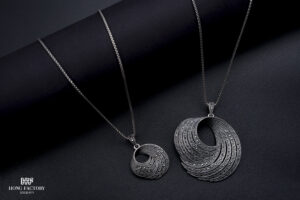
Quality Is the Brand
In made-to-order jewelry, quality isn’t a checkbox it’s the core of customer experience. When buyers wait weeks for something personalized, they expect perfection.
And consistent excellence builds loyalty that factories and fast fashion can’t replicate. By combining smart systems with artisan skill, and clear standards with continuous feedback,
you can deliver made-to-order pieces that exceed expect ationsevery single time.
That’s the real secret: it’s not one thing. It’s everything, done well.


